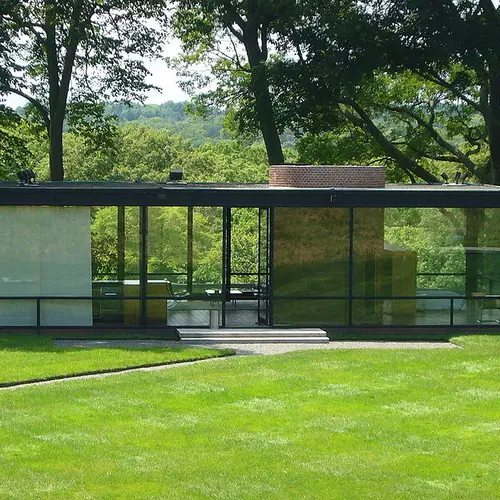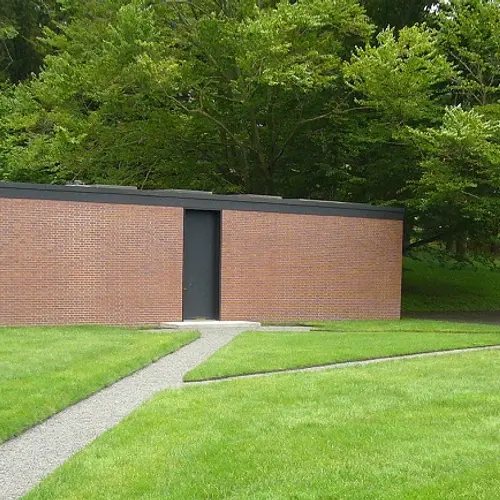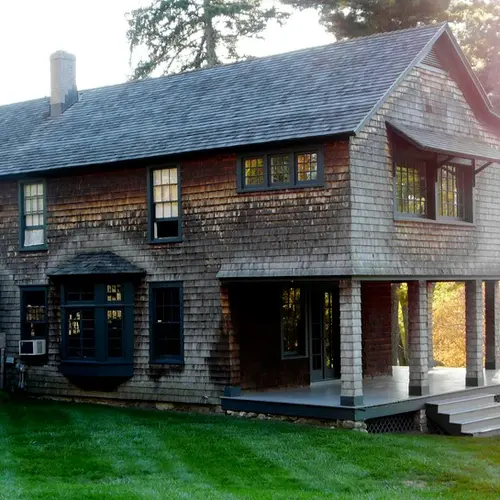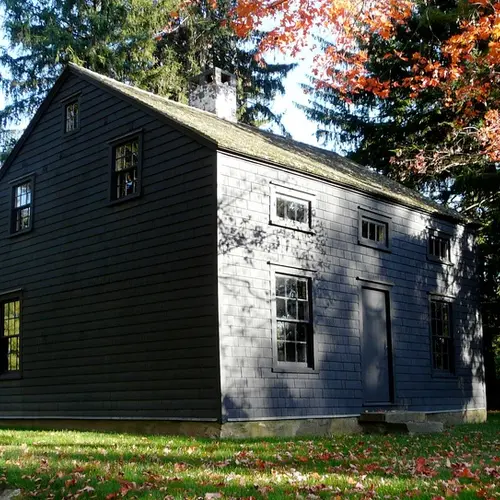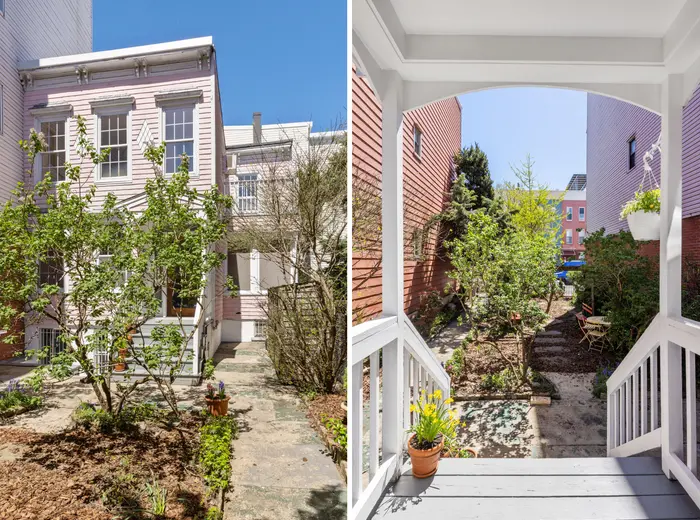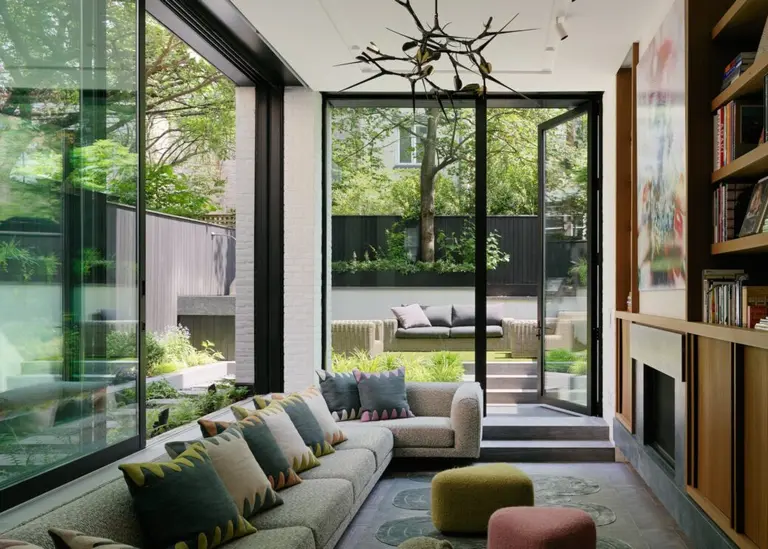Two Non-Glass Homes on Philip Johnson’s Iconic Glass House Campus Will Open to the Public
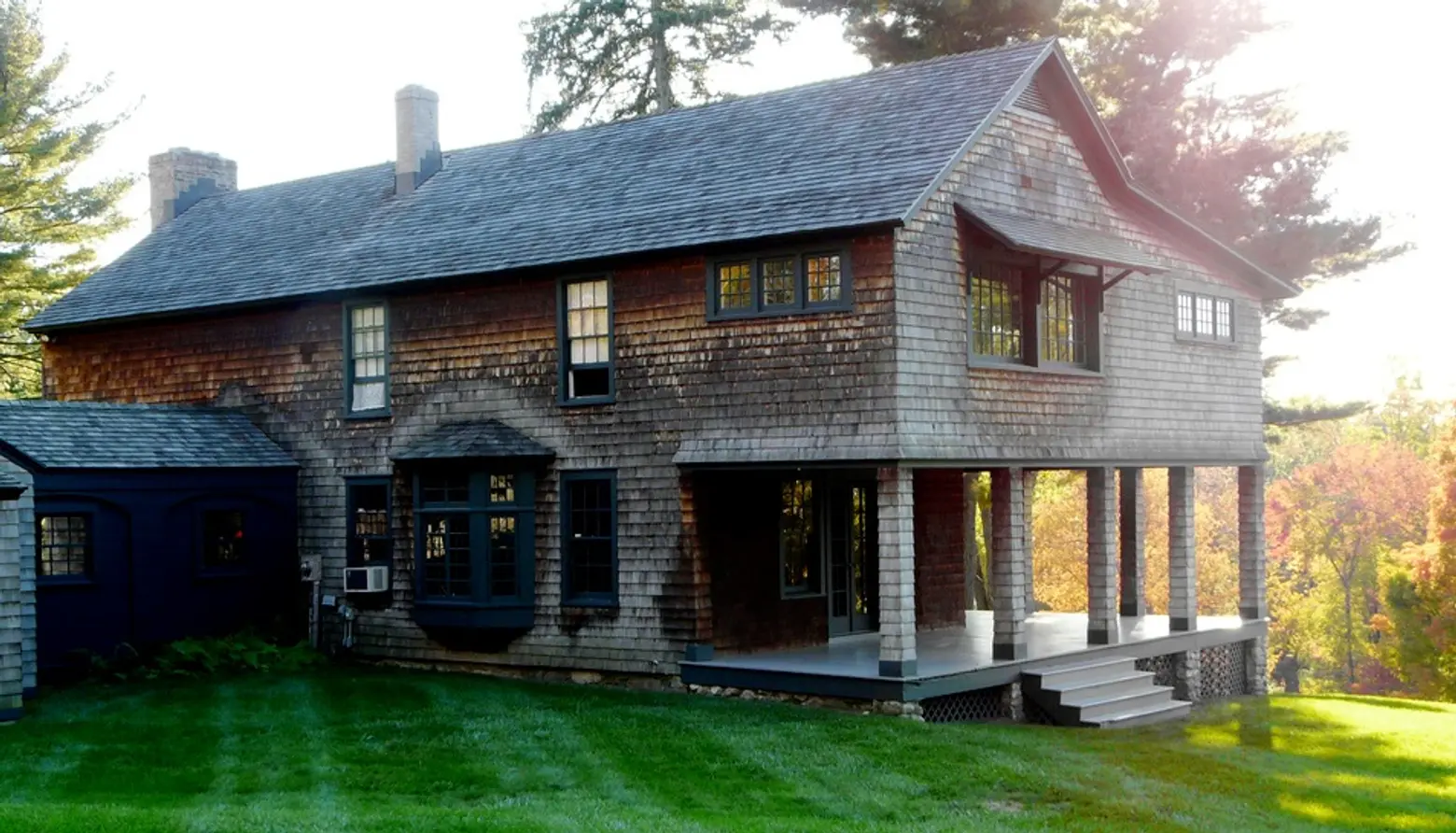
Calluna Farms © Craig White via Flickr
If you’ve never visited Philip Johnson‘s world-famous Glass House in New Canaan, Connecticut, you probably imagine it as a single, transparent structure sitting on a vast swath of land. But, in fact, it’s one of 14 buildings on the 49-acre campus, which together made up what Johnson and his partner David Whitney considered “the perfect deconstructed home.” So, the couple didn’t live in the Glass House quite like most of us thought, but rather used it as the focal point of a glamorous weekend retreat.
When the Glass House compound reopens for tours this spring, two of these lesser-known structures will be open to the public–the 1905 shingled farmhouse Calluna Farms, which was used as an art gallery and sometimes as a sleeping spot, and an 18th-century timber house called Grainger that served as a movie room for Johnson and Whitney.
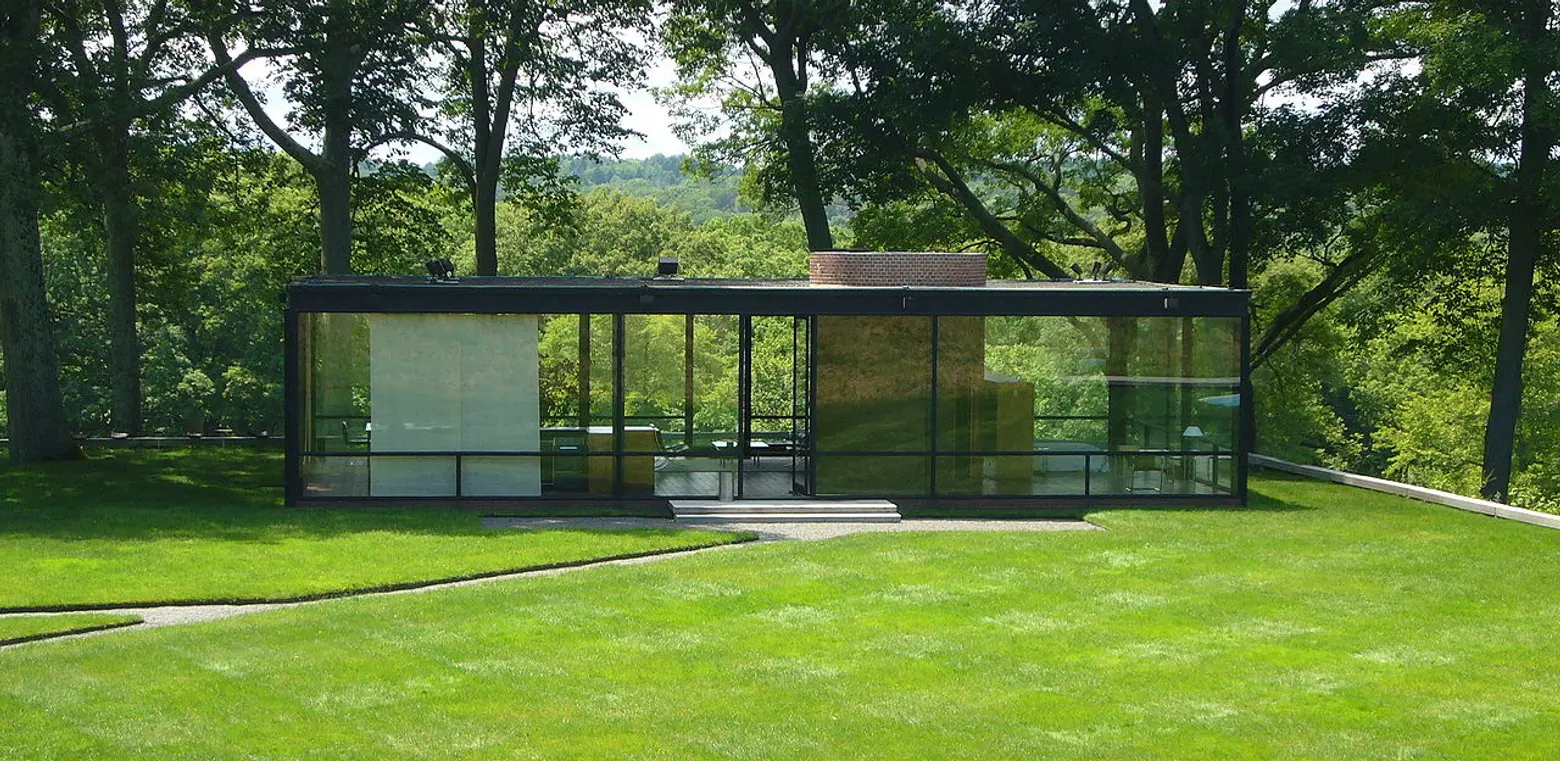
The Glass House via Wiki Commons
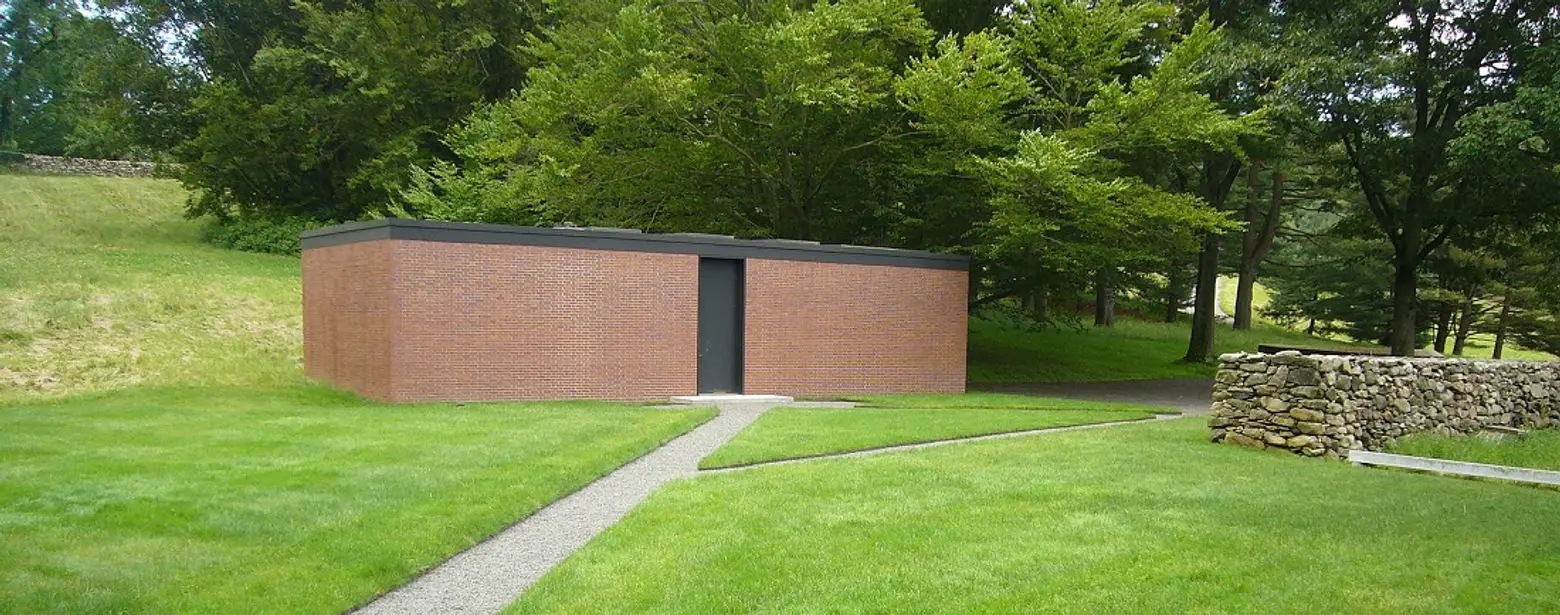
The Brick House via Wiki Commons
As Alexandra Lange notes in the Times, when the Glass House was completed in 1949, most people thought to themselves, “How could he actually live in a clear box, without walls, without privacy, without any stuff?” Since we now know he didn’t really live in the glass structure in the traditional sense, it all makes sense. The first two buildings on the site were the Glass House and the Brick House, a small, bunker-like structure that Johnson built as a place to seek privacy. Lange explains:
The rest of the buildings came naturally, if gradually. The idea of having a slew of small houses for different activities, moods and seasons, complemented by decorative “follies,” was Johnson’s conception for the site from early on. He called it a “diary of an eccentric architect,” but it was also a sketchbook, an homage to architects past and present, and to friends like the dance impresario Lincoln Kirstein, after whom Johnson named one of the follies he built on the property, a 30-foot-high tower made of painted concrete blocks.
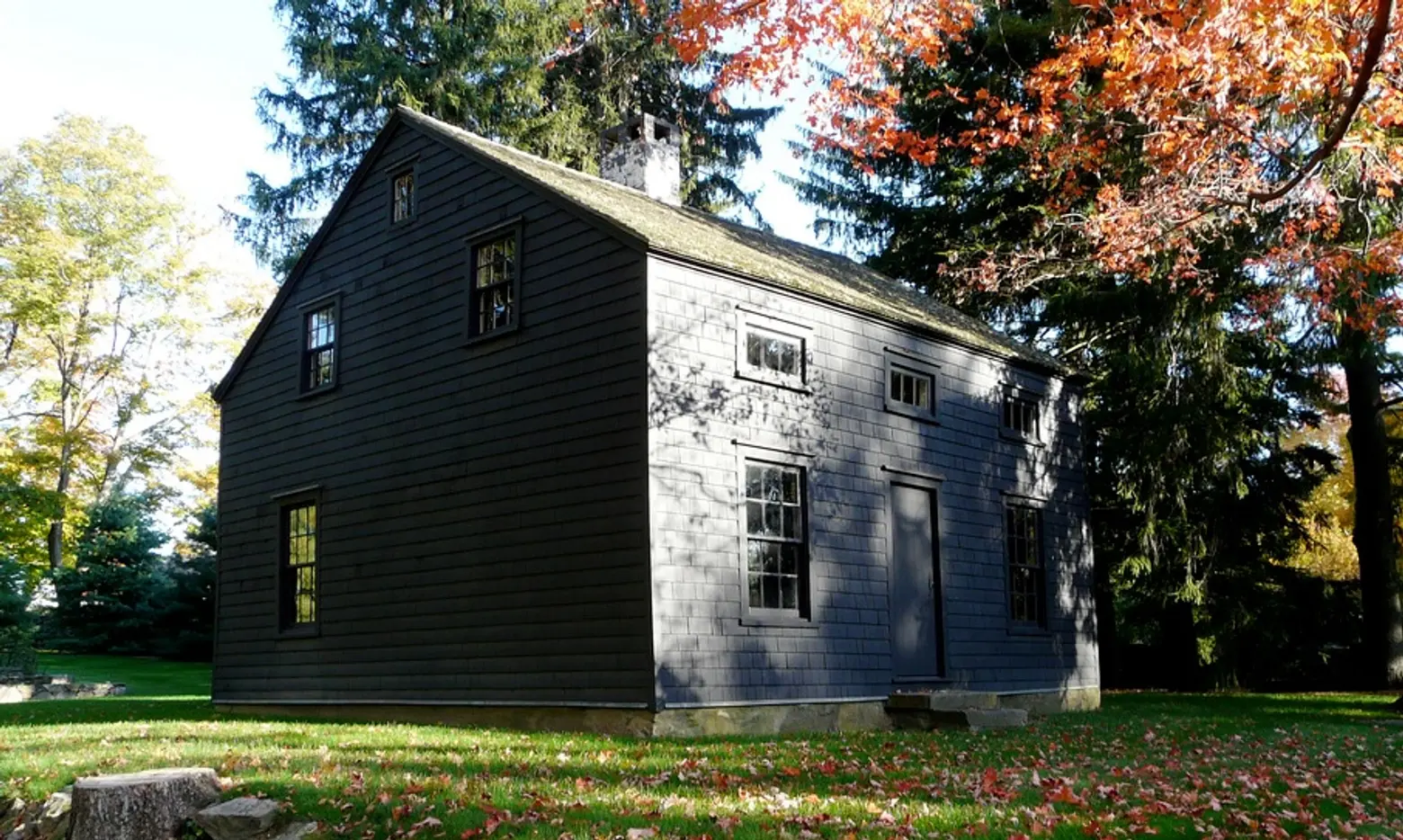
Grainger © Craig White via Flickr
The opening of these two new buildings is an exciting turn for architecture buffs, as they reveal a less-studied side of Johnson’s life. He bought Calluna Farms for Whitney in 1981, and it came to exemplify the simple, domestic life that the two men led. Whitney bought Grainger in 1990, which functioned as a man cave of sorts. They stripped the façade to its 18th-century footprint and painted it matte-black, though interestingly never installed a bathroom.
For more information about visiting the Glass House campus, visit the official site.
[Related: Live in the Plywood Version of Philip Johnson’s Glass House for $1.6M]
[Via NYT]
